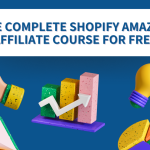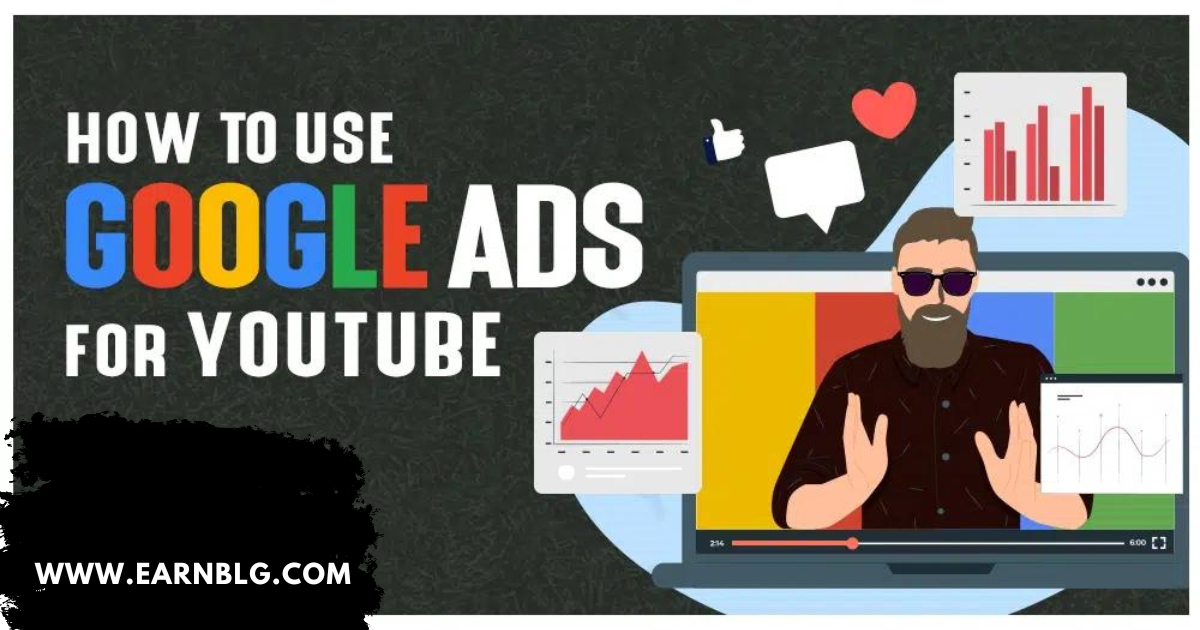For a marketer, if you are looking to reach new audiences or re-engage those you already have it is a must to not avoid the benefits of Google Ads for YouTube.
70 percent of users bought an item following a YouTube advertisement.
If you’re interested in reaching more potential customers (and only pay them when they express interest) then read about it. This article will teach you how to utilize Google Ads for YouTube like a professional!
Table of Contents.
Why YouTube Ads?
I’m a huge advocate of ads on search engines, however, YouTube ads have become awe-inspiring over the last few years! They are a master of the realm of visual storytelling and emotional content which are both of which are difficult to access in traditional text ads.
Furthermore, your customers don’t have a page full of your competition before them when they view your ad, which means you’re likely to be noticed with greater ease.
Although conversion rates might initially be lower at first, they influence purchasing choices in the long run. The more people see your advertisements (although take care not to trigger fatigue) the more comfortable they get with your brand’s style and image which results in higher conversion rates and lifetime value.
Different types of YouTube Formats for ads:
YouTube ads from Google YouTube come in many flavors including:
- Bumper advertisements. Short video ads that are under 6 seconds.
- Masthead advertisements. Ads are displayed via YouTube’s YouTube homepage feed (all devices).
- In-feed video advertisements. Ads that are positioned alongside videos the audience naturally watches.
- Receptive Google advertising for YouTube. Ads where the size, appearance, and layout can be automatically adjusted by the space for ads available.
- Skippable video advertisements. The kind we are familiar with ads that play before or during the video. They are usually removed after 5 seconds.
- Non-skippable video ads. Adverts are shown before and during the length of the video. Viewers are unable to skip these ads. They usually run for six, fifteen, and 30 seconds.
- Discovery ads. Images and description ads (similar to the appearance of search ads) are shown below the video.
- overlay ads. Non-intrusive ads are displayed as banners on the bottom of a natural video.
What is the cost of Google ads on YouTube price?
The cost of YouTube advertisements is based on the number of views. In some instances, you can be charged per click.
In general, a single view costs between $0.10 to $0.30. However, it depends on the type of market and the keywords you are trying to target.
The good thing is that, similar to the fundamental Google Ads ads you can create the monthly budget. Spend as little or as much as you like. Google will only be charged after the budget is used up.
Are you unsure of how to estimate how much you can spend on your Google Ads budget? Take a look at my Google Ads cost estimator!
Step-by-Step Guide: How to Use Google Ads for YouTube
- Log in to the Google Ads account, go into the Overview section then click ” + New Campaign.”
- The next step is to be asked to choose the desired goal. Do you want leads, sales, website traffic, brand and product consideration, app marketing or local store visits, or even to design campaigns without the guidance of a set of goals? (You’ll be in a position to create the tracker later.)
- Choose ” Video” Select “Video” when you are asked to select the type of campaign.
- For subtypes of campaigns and strategies Choose ” Video reach campaign.”
- Choose the way you’d like to reach your goals
- Reach that is efficient (e.g. bumper ads, skippable video adverts, or a mixture of both)
- Non-skippable in-stream ads
- Enter the Name of the campaign and budget.
- To budget you must establish a daily limit. Include a start and an end date so that you can keep track of your budget and video advertisement performance.
- Choose the location where you would like the advertisement to be displayed (e.g., YouTube search results, YouTube videos, or video partners on the display network).
Advanced Targeting for Google Ads for YouTube
You can also utilize advanced targeting options to reach a more targeted (or specific) audience.
For instance, you may change your targeting according to:
- Device OS, mobile carrier
- Time
- Demographics (gender age, gender, and income bracket, as well as parental status)
- Keywords or subjects
I strongly suggest conducting your research before making adjustments to your target. Sure, Google has artificial intelligence that helps you select the best audiences, but you’ll need to eliminate lots of wasteful time.
If you conduct appropriate research on the audience and keywords before the campaign’s launch you’ll be able to draw only qualified leads.
For instance, I instruct my PPC consulting clients to pinpoint the keywords and topics that their ideal clients are searching to find when it’s time to purchase.
After you’ve adjusted your target, you must be sure to specify the highest price you’ll pay per view that you can adjust. As time passes, you’ll be capable of decreasing your CPC by improving the relevance of your advertisement as well as the Quality Score and Quality Score, so there’s no need to go crazy and bid more than your competitors.
Then, add the YouTube URL of the video you wish to promote. Add relevant titles as well as descriptions and the call to action (CTA).
How do I link to a Google Ads Account with a YouTube Channel?
If your accounts aren’t connected yet It’s time to link them:
- Sign in to the YouTube Studio.
- Click on “Settings” and then “Channel.”
- Click on”Advanced Settings” and click on the “Advanced Settings” tab.
- Then, click “Link Account.”
- You must enter the Google Ads account ID as well as as well as a name for the URL, and then select the permissions you wish to give.
- Select “Done” and then “Save.”
When it is approved by the Google Ads account owner approves the request after which the channel will automatically connect and is ready to be used to be used for advertising!
Extra Option Change the Google Ads that you are currently using to YouTube ads
In July 2022 the ability to create videos right from the account’s Google Ads Asset Library. There are 14 templates to choose from, and you can even add an audio narration to the video.
If you’re running a Performance Max campaign, Google will automatically transform your advertisement into the format of a YouTube video and thus be used to cover the channel.
But, as a Google Ads professional I would recommend you create your video since Google’s videos are artificially generated and do not always connect with viewers.
Expert’s Advice on Optimising Your Google Ads for YouTube
Increase Your YouTube Ads Quality Score
Like Google Ads, YouTube ads are designed to offer viewers relevant content. Focus on specific groups because you’ll not catch the right fish when you cast a wide net.
(This will be a follow-up to the topic I discussed about focusing on your ideal customers (not just any person who may find it interesting.)
Relevance will also increase the YouTube ad’s Qualitative Score. Google will look at the length of time viewers viewed your video, the number of people who clicked through to your CTA, and how relevant your landing page’s content is. Make sure you optimize these three aspects points, and you’ll be on the path to paying less for better positioning.
YouTube Ads Aren’t Just Video – Think About the Audio
With the growth of podcasts, many people have begun to play YouTube videos as background music (especially when they are listening to their music).
They don’t look at their screens, which means you miss out on opportunities if there isn’t pertinent audio.
Use Watch Time for Google Ads Retargeting
Google Ads for YouTube has a range of metrics and if not cautious, you may end up following yourself. In addition to viewing and conversions, you can also track the duration of your watch and the conversion rates.
If you’re planning to run an entire campaign (initial attraction and targeting, you can target the viewers based on their time spent watching. For example, those who have watched the majority of your video are a great prospect to retarget.
Optimize Your YouTube Ads Landing Pages & CTAs
Don’t forget to create proper CTAs and landing pages that are attractive. Make sure you have one webpage for each product if you’re marketing several products. Otherwise, you’re at risk of alienating an important portion of your target audience by creating an irrelevant landing page.
Your Thumbnails Should Be Engaging
YouTube can be described as a platform that demands focus but you’ll not receive any attention when you’re using ads in feeds with no engaging thumbnail. Even if you’re using a standard YouTube advertisement that you cannot miss, it’s a great idea to design memorable thumbnails to increase the brand’s remembrance.
Increase Leads by Using Google Ads for YouTube
They’re engaging, ready to convert, and simple to install. In 2022, there’s not any reason not to consider Google Ads for YouTube.
If you’re looking to maximize your return on investment, download my best-selling Google Ads book to quickly create a successful campaign and get in touch. Our team has assisted many business owners in turning Google Ads into their own personal lead-generation machine. And now, we’d love the opportunity to assist you too!









